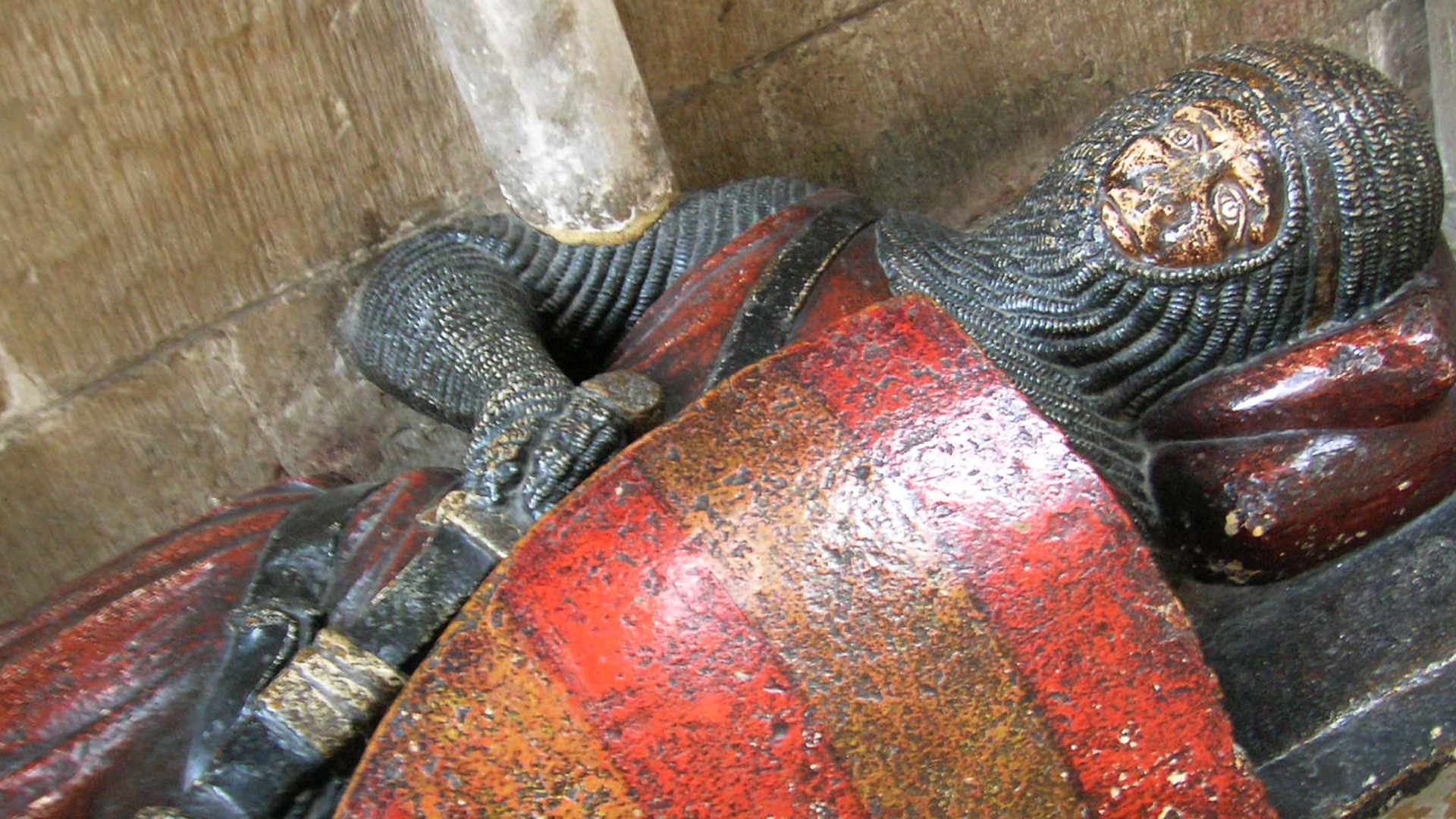Armour and the Afterlife
Dr T Capwell
Dr Capwell is Curator of Arms and Armour at the Wallace Collection in London, Fellow of the Society of Antiquaries of London, and an internationally-acknowledged expert on Medieval and Renaissance weapons. His book, Masterpieces of European Arms and Armour at the Wallace Collection (2011), was named Book of the Year by Apollo Magazine in 2012. He appears regularly on television, most recently as presenter and armour advisor on Richard III: The New Evidence (2014), and as the writer and presenter of Metalworks: The Knight's Tale (2012). Dr. Capwell is an internationally-acknowledged expert on Medieval and Renaissance weapons.
Come and learn about the medieval funerary monuments of Knights and Men at Arms
This lecture will be about the medieval funerary monuments of Knights and Men at Arms. One of the most important of all medieval art forms is to be found not in museums, but in churches. Funerary effigies – carved in alabaster, sandstone, or some other ‘freestone’ – were not just elaborate tomb markers. Although they did serve as a reminder of a dead person’s life, they were above all motivators of intercessionary prayer. This was an art form on which the soul of the artist’s patron literally depended. This crucial function created a form of sculpture that comprises many of the most detailed and tangible representations of medieval people as they were in life.
Effigies not only bring us face-to-face with the real inhabitants of the medieval world, they also provide a unique way for us to understand the art of the historical English armourer. Almost no English armour survives from the medieval period, but many beautiful long-lost pieces were cunningly observed and reproduced in sculptural form by the effigy carvers. Effigies are an often overlooked resource for studying armour. On a fascinating tour of armoured effigies in England and Wales, we encounter the true splendour of the medieval knight.
